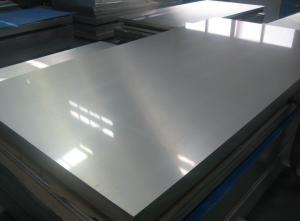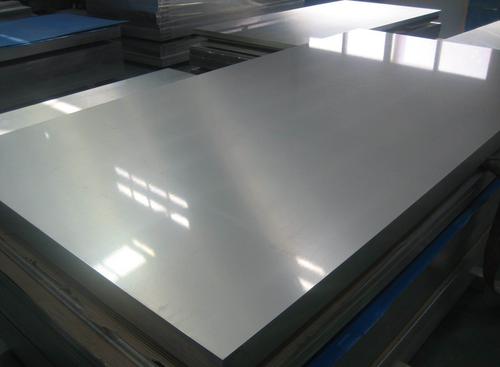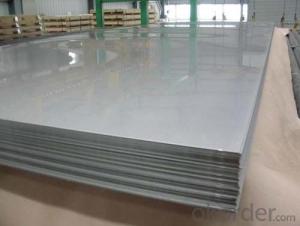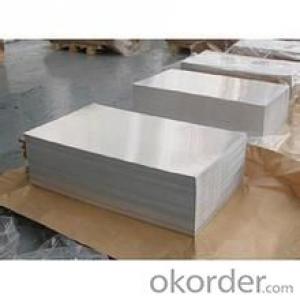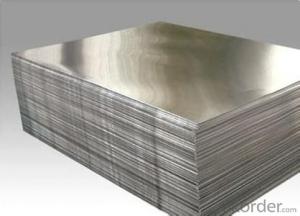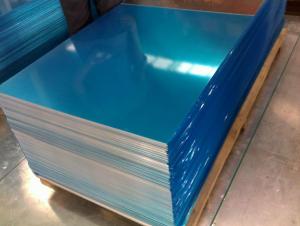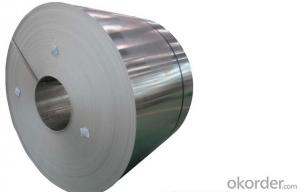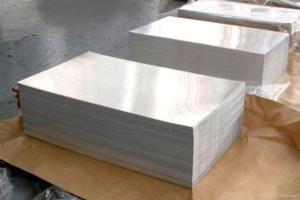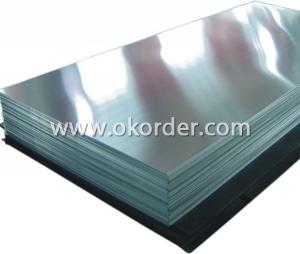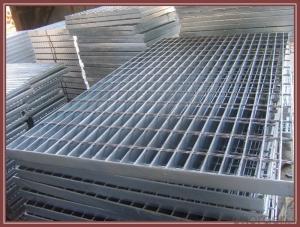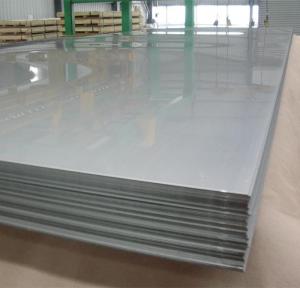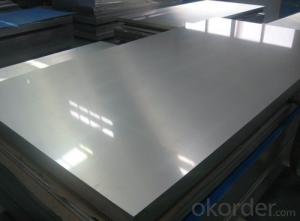3/8 Insulated Aluminum Sheets - Various Kinds of Mill Finished Aluminum Sheet for Different Applications
- Loading Port:
- China main port
- Payment Terms:
- TT or LC
- Min Order Qty:
- 5 kg
- Supply Capability:
- 10000 kg/month
OKorder Service Pledge
OKorder Financial Service
You Might Also Like
1. Description of Various Kinds of Mill Finished Aluminium Sheet for Different Applications
Alloy: 1xxx, 3xxx, 5xxx, 8xxx
Temper: H12, H14, H16, H18, H24, O, H32
Thickness: 0.2-4.0mm
Width: 200-1600mm
2. Application of Various Kinds of Mill Finished Aluminium Sheet for Different Applications
Used in construction and decoration,hardware and electric appliances manufacture,automobile manufacture and other industrial and civil purposes,such as electronic capacitor,composite cooker,rice cooker,refrigerator,computer casting,telecommunication equipment,lamp shade,air-conditioner,cosmetics cover and box,air-conditioner radiator,inner container of disinfecting cabinet,ceiling board,automobile motherboard,cover board and top board,etc.
3. Feature of Various Kinds of Mill Finished Aluminium Sheet for Different Applications
Surface Quality:be free from Oil Stain, Dent, Inclusion, Scratches, Stain, Oxide , Breaks, Corrosion, Roll Marks, Dirt Streaks and other defect which will interfere with use.
Package:Standard Export wooden Case/Pallet
Remark: Specific requirement of alloy, temper or specification can be discussed at your request.
4. Certificate:
SGS and ROHS(if client request, paid by client), MTC(plant provided), Certificate of Origin(FORM A, FORM E, CO), Bureau Veritas and SGS (if client request, paid by client), CIQS certificate
5. Image of Various Kinds of Mill Finished Aluminium Sheet for Different Applications
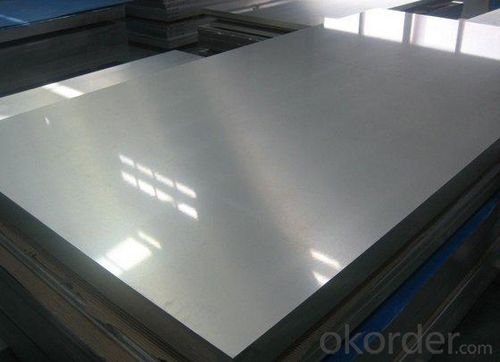
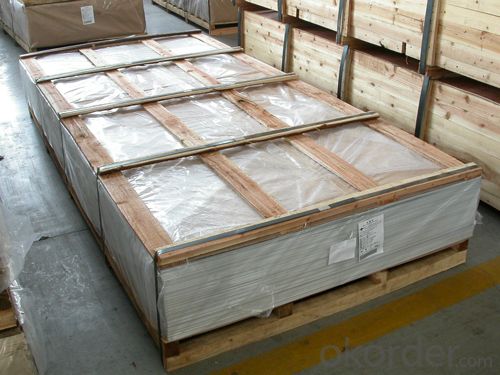
6. FAQ
1) What is the delivery time?
Dpends on actual order, around 20 days
2) What is the QC system:
We have QC staff of 20 persons and advanced equipment, each production is with MTC traced from Aluminum ingot lot.
3) What market do you mainly sell to?
Australia, America, Asia, Middle East, Western Europe, Africa etc
- Q: This question asks about the various types of aluminum sheets that are commonly used for roofing purposes, including their specific applications and characteristics.
- <p>Aluminum sheets used for roofing come in various types, each with unique properties and applications. The main types include: 1) Corrugated Aluminum Sheets: Known for their strength and durability, these are often used in commercial and industrial roofing due to their ability to withstand harsh weather conditions. 2) Standing Seam Aluminum Sheets: These provide a sleek, clean look and are favored for their water-resistant properties, making them ideal for residential and architectural applications. 3) Flat Aluminum Sheets: Offer a smooth surface finish and are used where a uniform appearance is desired. 4) Perforated Aluminum Sheets: These have small holes that allow for ventilation, reducing heat build-up and are used in areas requiring natural light and air circulation. 5) Embossed Aluminum Sheets: With a textured surface, they provide added rigidity and are used in both residential and commercial settings for their aesthetic appeal. Each type is chosen based on the specific needs of the roofing project, such as design, weather resistance, and longevity.</p>
- Q: Are the aluminum sheets suitable for manufacturing electronic enclosures?
- Indeed, aluminum sheets are well-suited for the production of electronic enclosures. The reason for aluminum's popularity in this regard lies in its remarkable combination of strength, durability, and lightness. Moreover, its capacity for conducting electricity effectively qualifies it for dissipating the heat generated by electronic components. Furthermore, aluminum sheets can be effortlessly molded, shaped, and machined to meet the precise specifications of electronic enclosures, thereby allowing for personalized and adaptable designs. Additionally, its ability to resist corrosion renders it suitable for safeguarding electronic devices against environmental elements. In summary, aluminum sheets offer the perfect material solution for the manufacturing of electronic enclosures.
- Q: Are the aluminum sheets suitable for manufacturing automotive fuel tanks?
- Yes, aluminum sheets are suitable for manufacturing automotive fuel tanks. Aluminum is a preferred material for fuel tanks due to its excellent properties such as lightweight, durability, corrosion resistance, and high strength-to-weight ratio. These properties make aluminum sheets highly suitable for manufacturing automotive fuel tanks as they provide fuel efficiency, reduce vehicle weight, and enhance overall performance. Moreover, aluminum can be easily formed and welded, allowing automotive manufacturers to create complex tank designs while maintaining structural integrity. Additionally, aluminum sheets have a low melting point, which facilitates the welding process during tank manufacturing. Overall, the use of aluminum sheets in the production of automotive fuel tanks is a reliable choice that meets safety standards and contributes to the efficiency and performance of vehicles.
- Q: What's the maximum size of 3 mm thick aluminum sheet?
- To see what is your production process requirements? If it is hot extrusion, the width of the largest flatness requirements under the condition of low at about 300mm. If the processing technology of aluminum strip is hard to say, to see the production capacity of the equipment (the size and size is the maximum size of the majority in the 1.2) to 1.5 meters wide, the length of one hundred meters above
- Q: What precautions should be taken to ensure safety while installing aluminum sheets?
- <p>When installing aluminum sheets, safety measures include wearing appropriate personal protective equipment (PPE) such as gloves, safety glasses, and hard hats. Ensure the work area is clear of debris and any tripping hazards. Use ladders and scaffolding that are in good condition and set up correctly. Always have a spotter when lifting heavy sheets and use proper lifting techniques to avoid back injuries. Keep hands and feet away from edges and corners to prevent cuts. Ensure all tools are in good working order and use them correctly. Follow all manufacturer's guidelines for installation and adhere to local safety regulations.</p>
- Q: I need some aluminum sheets for an art project. I'm not sure where to find such a thing, though. I've looked at Home Depot briefly and aluminum flashing is the closest thing I've found. Flashing comes in a roll and is just a bit too thin. I need flat sheets of aluminum that are somewhat stiff, but not more than, say, 1/4 thick. Are there any stores that sell such things? A larger sheet would be fine if I could either get it cut at the store or find some way to cut it to the size I want. How do you cut aluminum, anyway? Any suggestions are greatly appreciated!
- any contractor that does heating and coolin..... or a contruction site in your area
- Q: Remember the notorious Chevy Vega of the 1970's? As I recall,one the big problems with that car was that it was equipped with an aluminum block engine. The new Ford Mustangs arealso equipped with aluminum engines to reduce curb weightand improve fuel efficiency. Will they be prone to the sameproblems that the Vega had down the road? Are there othermanufacturers that have used aluminum engines with successrecently?
- This Site Might Help You. RE: how reliable are today's aluminum block engines? Remember the notorious Chevy Vega of the 1970's? As I recall, one the big problems with that car was that it was equipped with an aluminum block engine. The new Ford Mustangs are also equipped with aluminum engines to reduce curb weight and improve fuel efficiency. Will they be prone to...
- Q: How do you join two aluminum sheets together?
- One common method to join two aluminum sheets together is through welding. This involves melting the aluminum at the joint using various techniques like TIG (Tungsten Inert Gas) welding or MIG (Metal Inert Gas) welding, and then allowing it to cool and solidify, effectively fusing the two sheets together. Additionally, other methods like riveting, adhesive bonding, or using mechanical fasteners like screws or bolts can also be used to join aluminum sheets. The choice of method depends on the specific application and desired outcome.
- Q: Can aluminum sheet be used for food contact applications?
- Yes, aluminum sheet can be used for food contact applications. Aluminum is a widely used material in the food industry due to its excellent properties. It is non-toxic, corrosion-resistant, and has a high thermal conductivity, making it suitable for various food processing and packaging applications. Aluminum sheets can be used to make food containers, trays, and foils, providing a safe and hygienic option for food storage and transportation. Additionally, aluminum is recyclable, making it an environmentally friendly choice for food contact applications.
- Q: Can aluminum sheet be used for automotive applications?
- Yes, aluminum sheet can be used for automotive applications. It is commonly used in the manufacturing of car bodies, hoods, doors, and other structural components due to its lightweight, corrosion resistance, and high strength-to-weight ratio.
Send your message to us
3/8 Insulated Aluminum Sheets - Various Kinds of Mill Finished Aluminum Sheet for Different Applications
- Loading Port:
- China main port
- Payment Terms:
- TT or LC
- Min Order Qty:
- 5 kg
- Supply Capability:
- 10000 kg/month
OKorder Service Pledge
OKorder Financial Service
Similar products
Hot products
Hot Searches
Related keywords
